Reverse the Red’s Approach to Conservation Status Improvement (CSI)
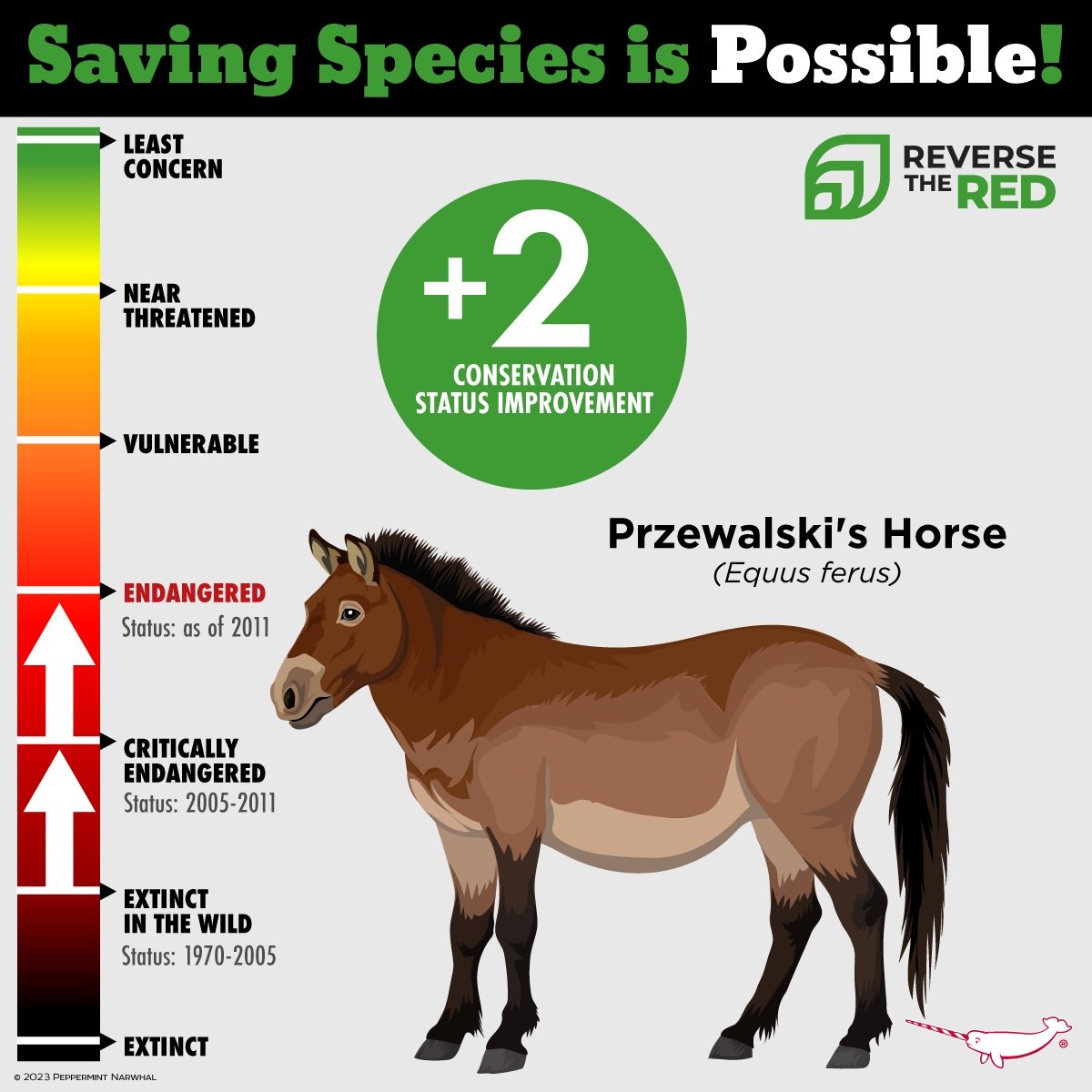
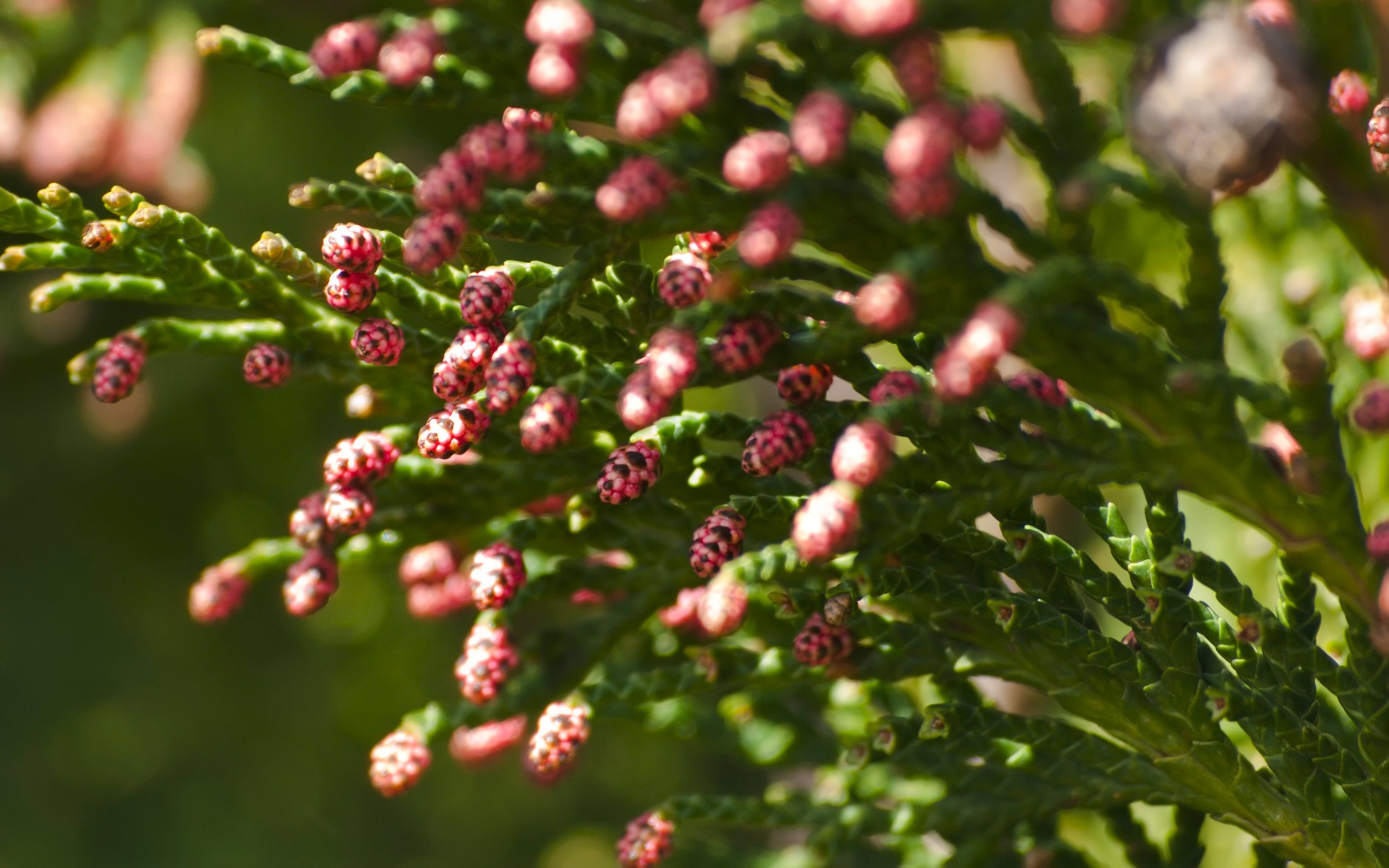
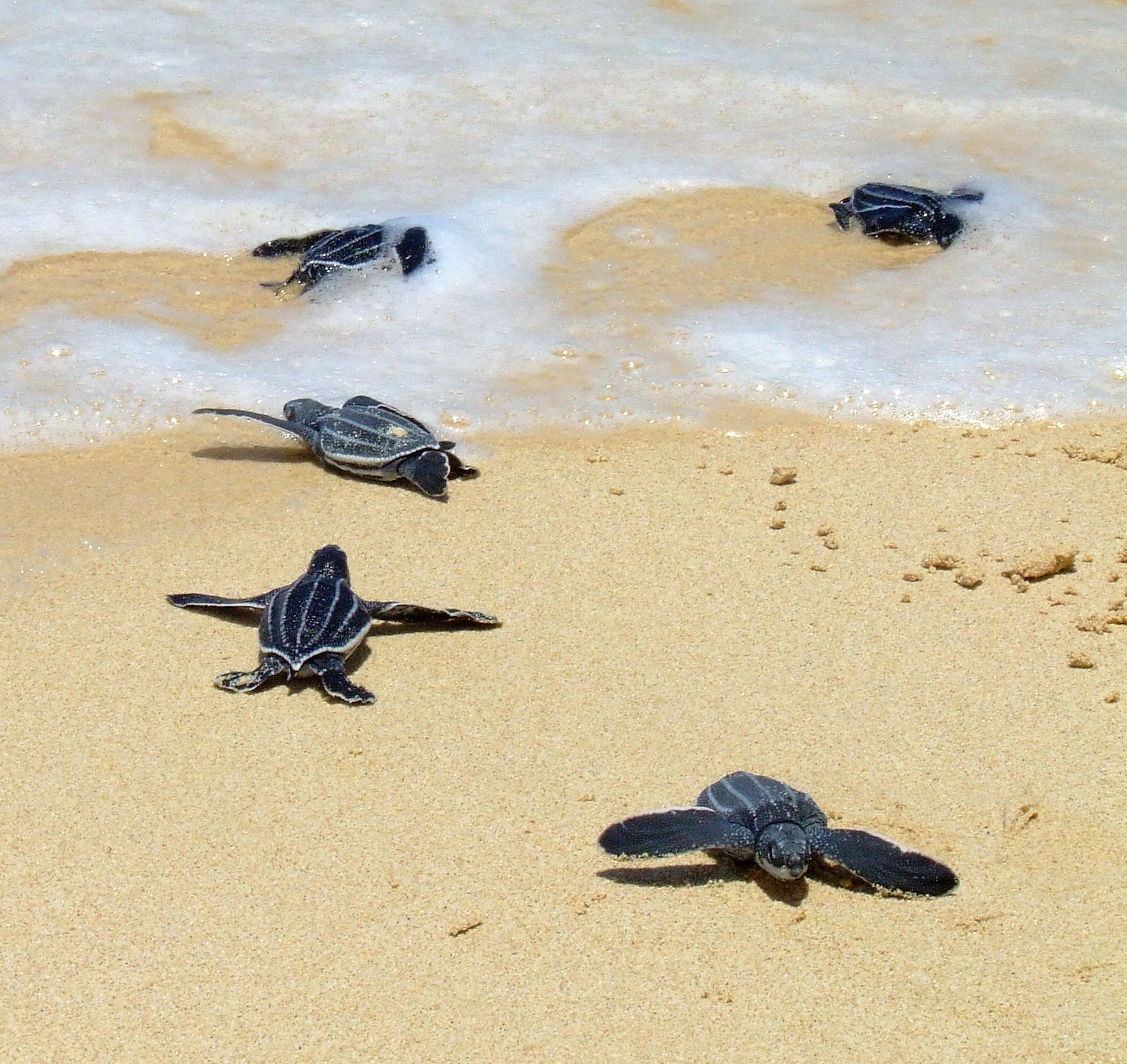
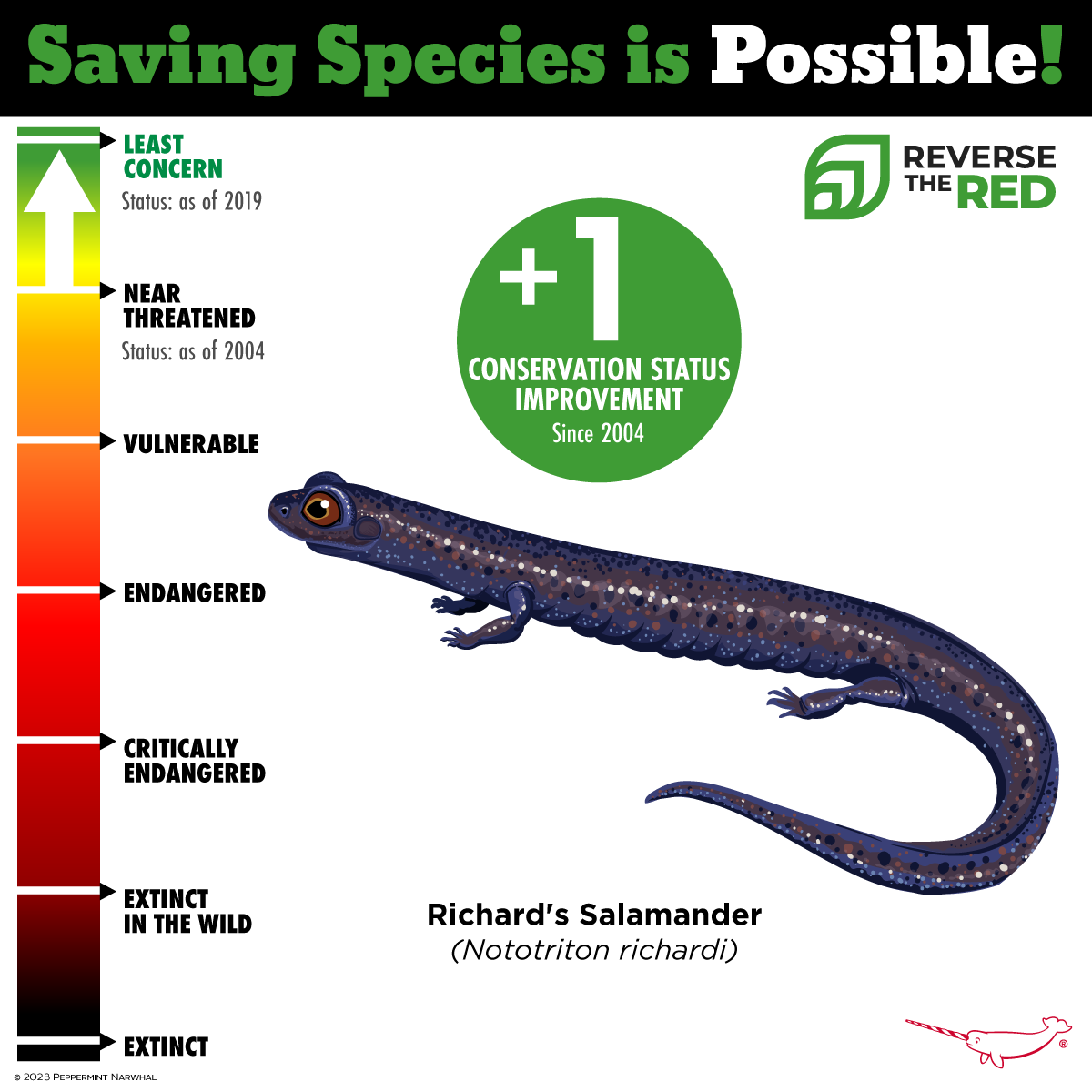
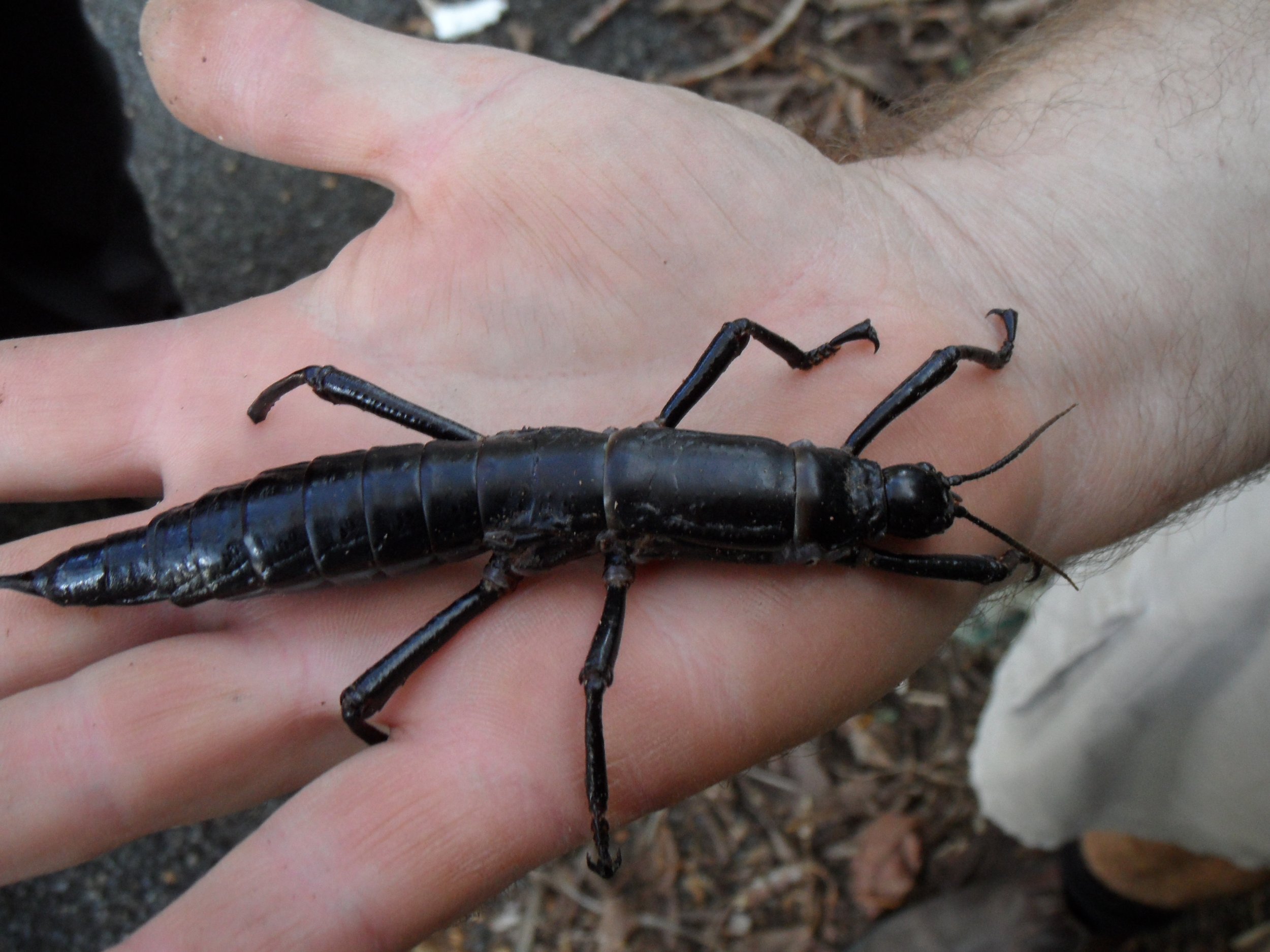


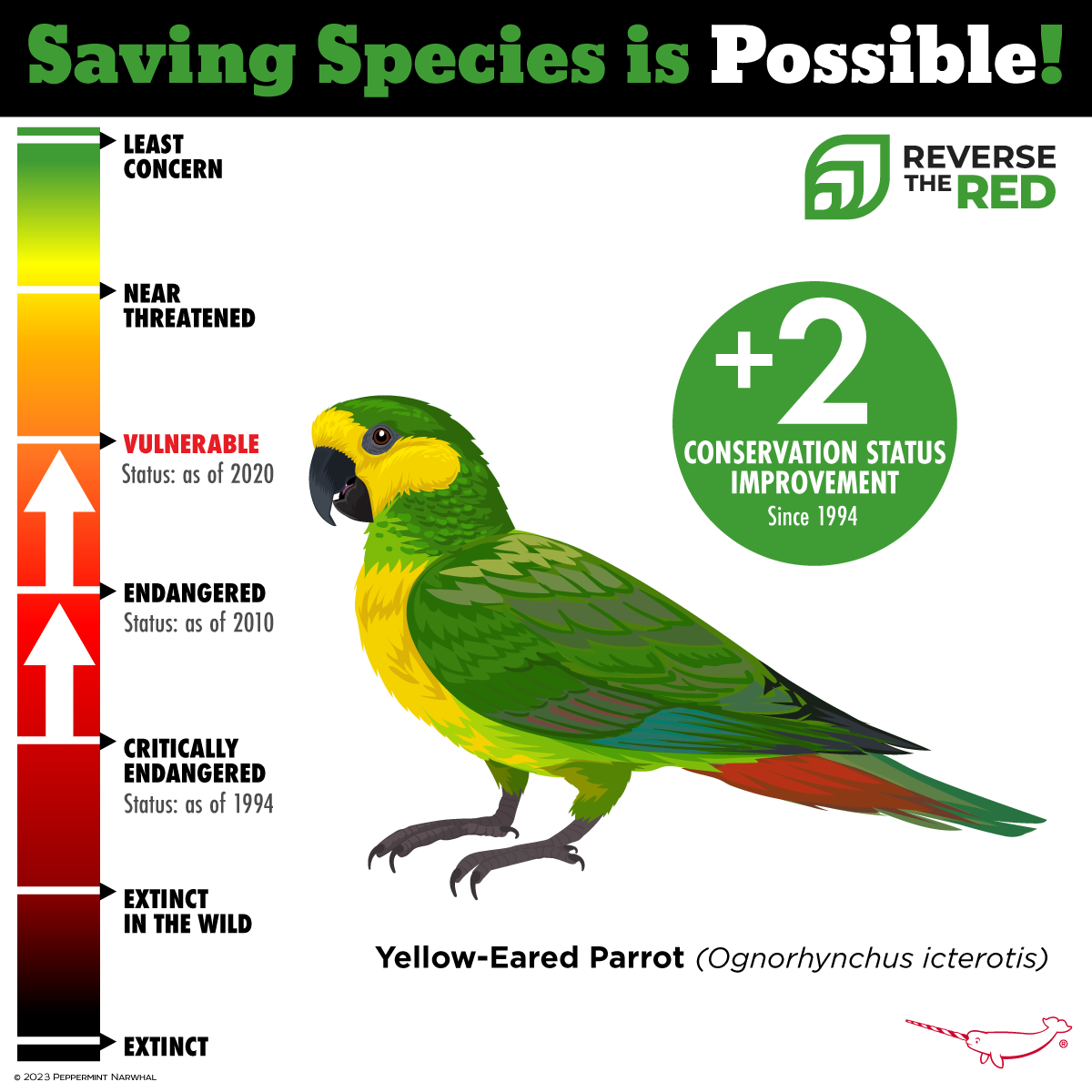
Many conservation practitioners and governments have successfully reduced species extinction risk - also known as conservation status improvement or downlist from a higher category of threat to a lower one in the IUCN Red List of Threatened Species.
Iconic species such as the Przewalski's Horse, Indian Rhinoceros, Giant Panda, Iberian Lynx, Golden Lion Tamarin, Black‐faced Spoonbill, Banahao Forest Frog, and Yellow-Eared Parrot are some of the best known global success stories, but action for other taxa which generally receive less conservation attention or funding are also proving that action can lead to improvement, such as the freshwater fish, invertebrates, and plants.
Reverse the Red believes the number of success stories could be multiplied with the appropriate focus, communication and adequate resourcing, and to support anyone interested in preparing a successful project to reduce species’ risk of extinction, has released Conservation Status Improvement Guidelines for Practitioners.
Invites conservation practitioners to focus on species that could show tangible progress towards downlisting in a short time frame based on the most up-to-date science, data, and resources available, committing to short and long term action, and celebrating large and small success along the way.
Provides insight and advice through a handful of key steps that complement existing approaches and assist conservation practitioners to amplify and multiply conservation success stories worldwide while contributing to achieve forward progress under the ambitious targets of the Kunming-Montreal Global Biodiversity Framework.
Presents a positive-focused catalyzing approach using IUCN tools, to apply the Species Conservation Cycle conceptual framework — Assess, Plan, Act, Network and Communicate — that brings together existing tools, products, methodologies, and ways of thinking towards our common goal of reducing extinction risk and recovering species.
Reverse the Red calls you to take action:
Develop a plan for a species that integrates Reverse the Red Conservation Status Improvement approach.
Advocate for Reverse the Red approach to Conservation Status Improvement with governments, NGOs and partners
Expand the network of national stakeholders relevant to your target species and closely related taxa, involving and empowering the community.
Share your conservation actions or those you support.

